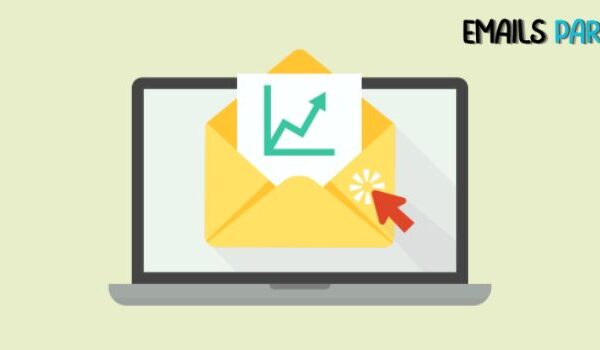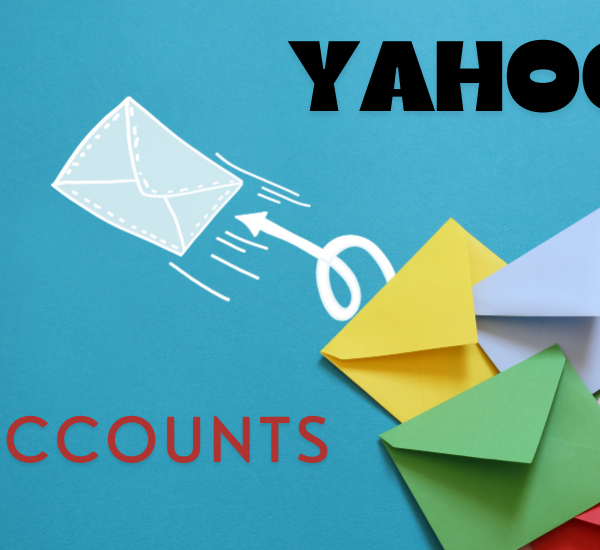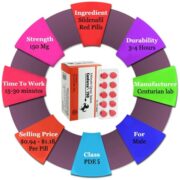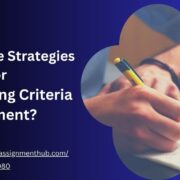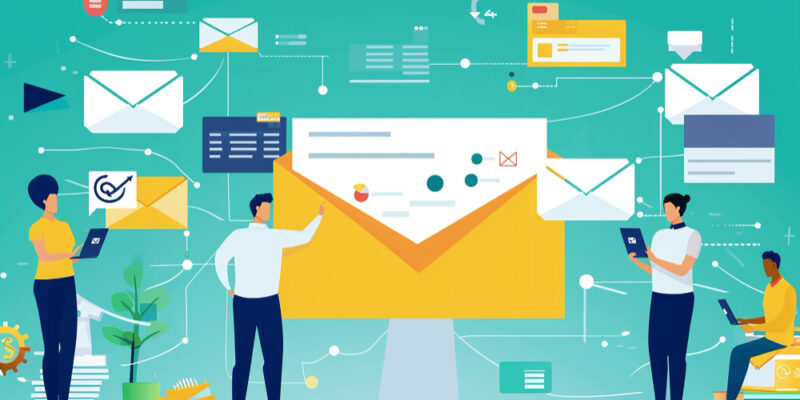
Great email marketing starts with a good approach. How to improve yours and develop converting campaigns. Email marketing has advanced. Today’s software and email providers provide marketers many methods to reach customers. A well-planned email marketing approach has a high ROI. It returns $56 for every $1 spent, the highest ROI of any marketing approach. An approach that converts regularly is needed for good results.
This requires using email marketing strategies to modify, measure, enhance, and keep subscribers happy. We have some email marketing tactics to help you boost your campaigns and make them great marketing tools.
Efficient email marketing tactics to boost Your campaigns
1. Make email list clean
Email list cleansing removes long-disengaged email addresses and unsubscribers. To maximize your list-building marketing efforts, prune it occasionally. Unengaged, unsubscribed, spam-marking, and bounced email addresses are removed to create a better list. This boosts sender reputation and email deliverability over time.
2. Provide value always
An effective email marketing campaign also requires users to receive value. Consistent value increases the likelihood that subscribers will open and read your emails. They may even look forward to your emails.
How can one “provide value”? Base your email approach on what your consumers want and need. If you sell clothes online, your clients may be frustrated by the inability to try on things. This should be addressed in your email marketing approach. Your content marketing campaigns or email newsletters could include pieces that offer tips on how to shop for garments online. Turn your general measurement guide into a personalized size search and connect to it in email platform. This email content provides value to subscribers. Promotions and new product features are useful, but consumers expect them, so they don’t seem that helpful.
Ask your subscribers about content preferences to avoid guessing. You have several options:
- Allow new email list members to choose their content preferences.
- Ask current clients what they want from you and notice any changes.
- Ask subscribers to provide their thoughts via emails.
Accessibility should be a top priority while we’re on the subject of satisfying subscribers. If your recipients can’t read your emails, they won’t be able to appreciate them. In particular, two things should be thought about:
- Emails optimized for mobile devices: check that the content adapts to different email clients and devices.
- Emails that are accessible to individuals with visual impairments: make sure your emails are screen reader-friendly. An easy-to-read font and detailed alt-text added to images can assist with this.
3. Make sure your calls to action are optimized.
The number of people that click on your emails is heavily dependent on your calls to action (CTAs). This also applies to your conversion rates. Invest some effort into crafting compelling calls to action (CTAs) because ineffective ones will lead to fewer visitors and, in the end, fewer purchases. Try with different call-to-actions (both button and text) and pay close attention to the wording you employ; you want your subscribers to click on those buttons, after all. For the most effective call-to-actions in email platforms, consider the following:
- Use a powerful command verb like “shop,” “buy,” or “download” to begin.
- Stir up feelings.
- Offer your subscribers an incentive to click, such as “purchase now to get 50% off.”
- “Snap your seat – only 5 spots left!” is a FOMO-inducing example.
Using precise wording is another recommended technique for calls to action. It is important to clearly indicate to your subscribers where you are sending them, particularly for your more advanced calls to action. If you’re showcasing a new product line, for example, you could use the call-to-action “check out our summer collection,” with a direct link to that page on your site.
4. Distribute user content
UGC boosts brand awareness. When subscribers see other consumers appreciating your brand and products, they’re more eager to learn more. Including customer photographs, videos, reviews, and tales in email campaigns builds community and boosts clicks. Up to 79% of shoppers think UGC influences their purchase, according to study. Having trouble finding user-generated content? Try a hashtag campaign. Encourage customers to tag you on social media and showcase your items to spread the word and gather UGC. Feature user-generated content to develop a brand community and increase click-through and conversion rates. It makes customer-business communication two-way.
5. Use social media
Any good email marketing approach includes social media. There are numerous ways that these two channels of digital advertising can work together to grow your company. First, integrate social media CTAs in promotional emails and newsletters. You may distribute email material on social media depending on the campaign. Email platforms make cross-channel campaign sharing easy. Click “share on social networks” for a shareable link. Social networking can help boost your email list. You can utilize the “share on social media” capability to distribute an email signup form and build your audience across networks.
In contrast, incorporating social media links in the welcome message you send to new subscribers introduces them to your platforms.
6. Subject lines that work
Subscribers first see your subject line. Because 35% of email subscribers read emails only on the subject line, a weak subject line will not get them to click. Investing time in subject lines can make the difference between many clicks and none. Inbox competition is fierce today. People receive thousands of marketing emails weekly. You must make yours stick out without sounding commercial.
Few points to consider:
- Make sure your subject line is legible by keeping it to 50-60 characters.
- Speak with forceful, verb-based language.
- Establish goals for the email’s main body.
- Add a personal touch by include the subscriber’s name in the subject line.
7. Send more relevant material by using segmentation.
By dividing your email list into subsets of individuals who share common interests, you may more precisely target your messages. Subscribers’ locations and occupations are only two examples of the kinds of customer persona data that might affect your segmentation decisions. This information can be collected through your signup form. To entice new subscribers, you might want to ask:
- Exactly what field they operate in and what employment they hold.
- The preferred frequency of email campaign correspondence.
- Exactly where they are on this planet.
- Tell me which of your offerings are most appealing to them.
- Grouping contacts according to the links they’ve clicked in your emails or the lead magnet they initially signed up through are two more email segmentation methods.
8. Activate dormant subscribers
Over time, contacts may become disengaged for many causes. No matter what, it’s worth your time to try to re-engage them. It is nearly always easier and more cost efficient to encourage existing customers to make purchases, even if they aren’t actively engaged. New clients actually cost five times as much as old ones. Because of this, re-engagement is undeniably crucial to a successful email marketing campaign. Try to entice chilly subscribers with your re-engagement email campaign. If you want to catch their interest, try giving them something fresh or revealing a distinct aspect of your firm. For your re-engagement effort, consider the following:
- Remind your subscribers about your company and the benefits they might receive from working with you.
- Send special deals to contacts who haven’t expressed interest.
- Draw attention to some fresh information.
- Pose a question and ask your listeners to respond.
- Get in touch again by celebrating a special event, like a birthday or a holiday.
9. Conduct trigger campaigns
Marketing email campaigns based on contact activities are called trigger-based campaigns or transactional emails. For instance, a link to material in one email may generate three follow-up emails for subscribers who visited the link. Reversing this works too. If a subscriber doesn’t click the link, send another email with a query or a piece of material they might like.
Trigger-based campaigns keep subscribers informed. Instead of sending everyone the identical monthly newsletter and weekly promotional email, contact your audience depending on their business interactions. Marketing automation sends all emails. Just set the triggers. You can automate three email types:
- After visiting a landing page on your website, clicking on a link in your email, or making a purchase, a contact will receive a follow-up email.
- Use demographic triggers to send subscribers birthday emails.
- Timers are great for subscription expiration reminders, re-ordering, and re-engagement campaigns.
10. Customize emails
Did you know 70% of brands don’t personalize emails? That result is even more alarming when you consider that 91% of consumers are more likely to buy from a firm with relevant offers. Large or small, all firms should personalize emails nowadays. It personalizes customer service and is simple. Consider these email personalization tips:
- Send emails using subscriber names in the subject line, greeting, or body.
- Promote material based on subscriber behavior.
- Use customer purchases to recommend products.
- Celebrate subscribers’ birthdays with a coupon.
- Lock in sales with abandoned cart notifications.
- Automated, tailored messaging streamline sales.
- Recall clients (think Spotify Wrapped).
- Individualized emails are digital marketers’ best friend. Fortunately, email marketing platforms make personalizing email content easier than ever.
11. A/B test email content
Split testing (A/B testing) enables you test alternate content and subject lines in the exact same email to find what works best. Each A/B test provides valuable data for future initiatives. If queries get opened more than others, include them in future campaign topic lines. Another option is to evaluate whether your audience likes emojis in email copy by monitoring your campaign’s click-through rate.
Email elements to test include:
- Subject lines for emails
- Send email copy CTAs
- Email design
- Link in email
- Sending emails
To optimize featured content, focus on one piece at a time to identify the most effective changes. Change up your email patform and offer links to various stuff. Send subscribers engaging blog entries, extended case studies, video series, and other media.




